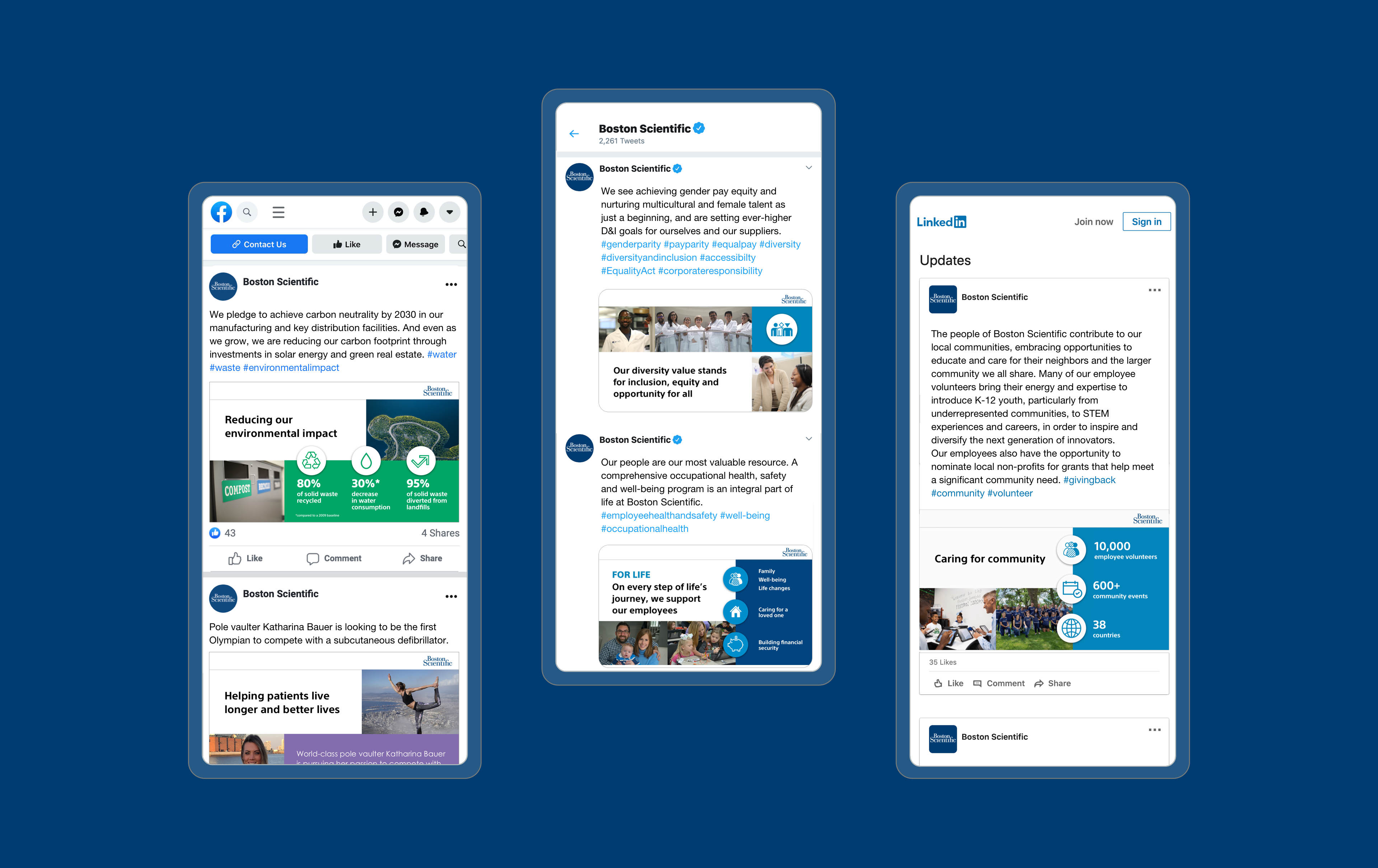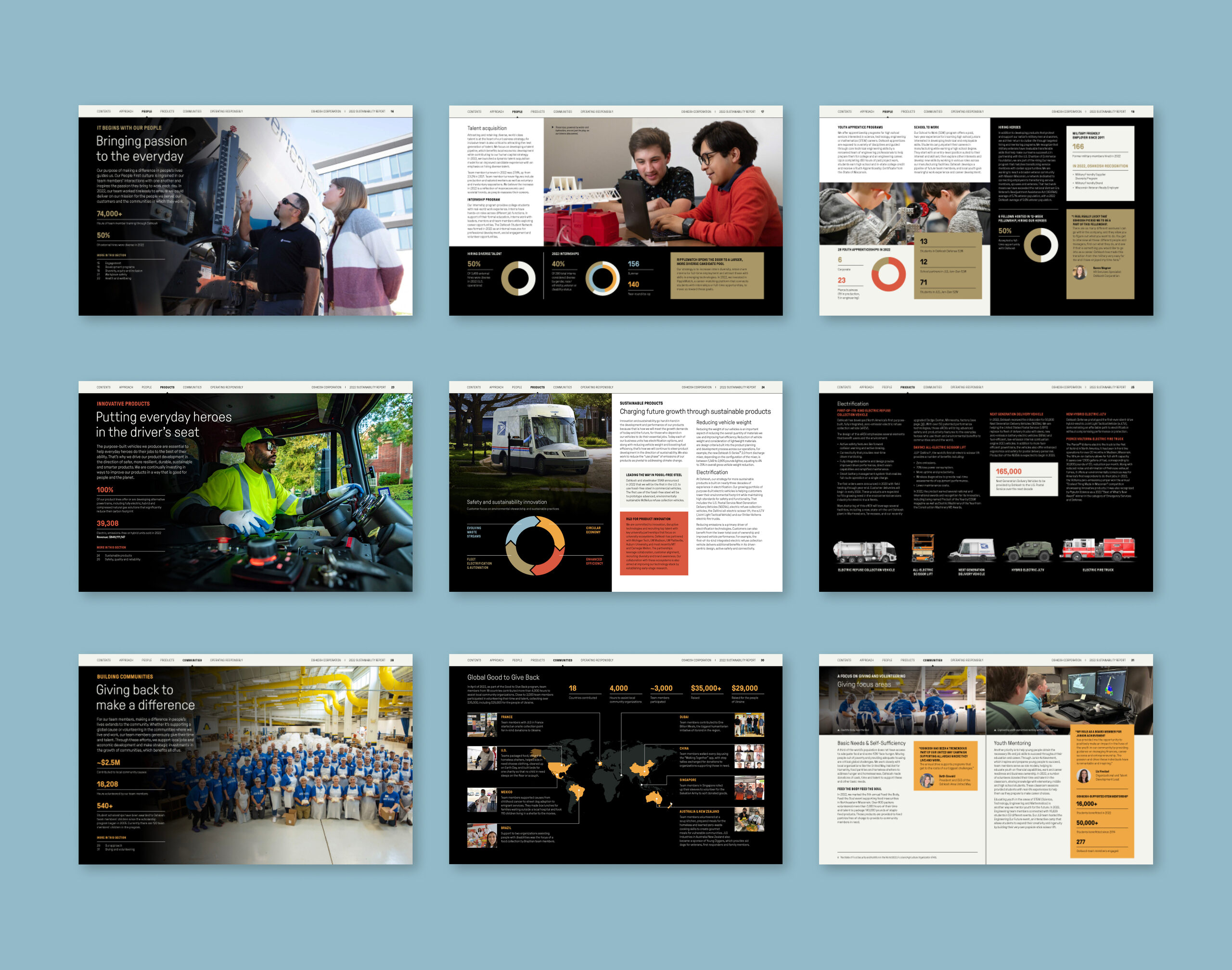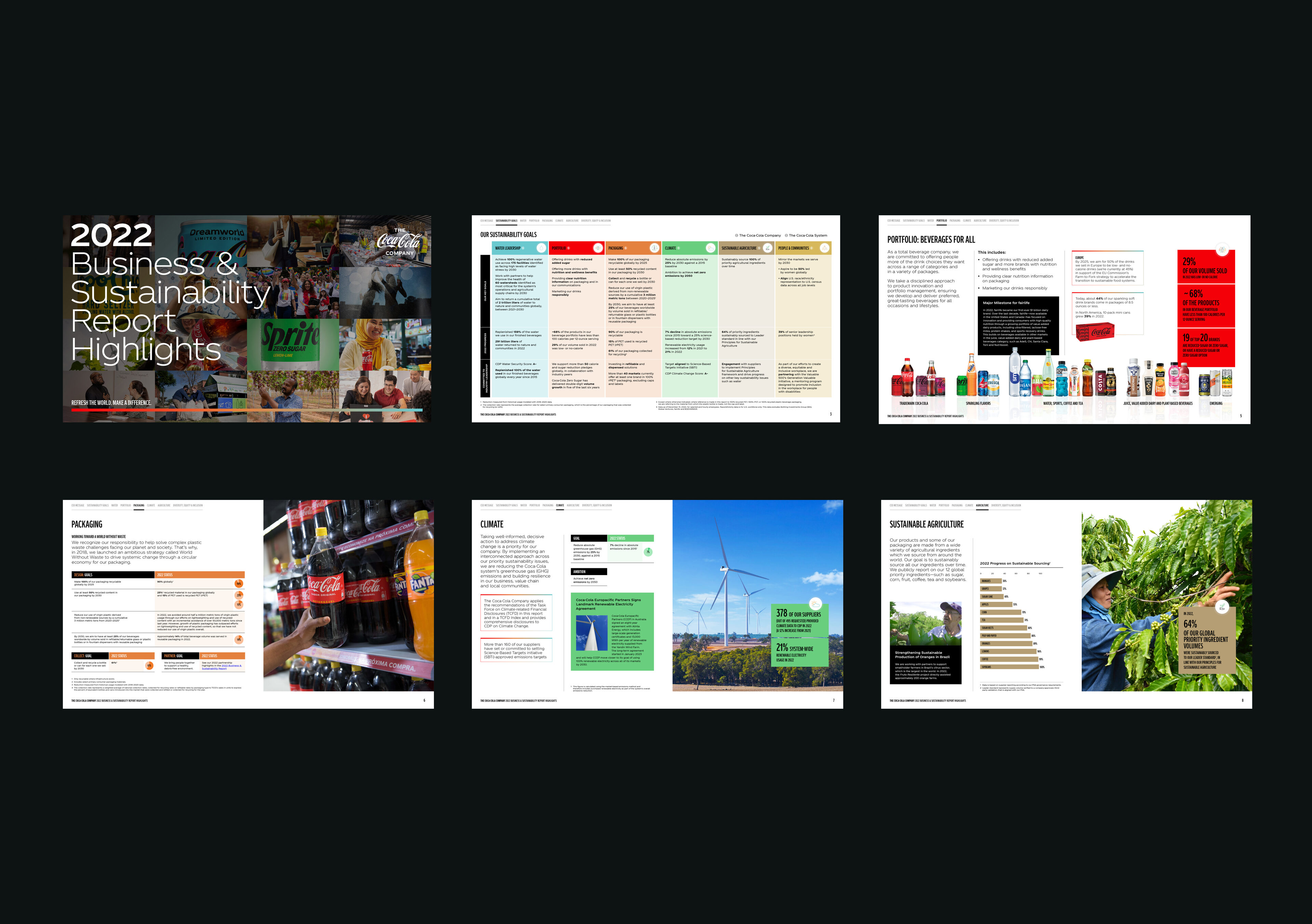How to Break Through: Reaching Key Sustainability Audiences
As interest in Sustainability continues to grow and broadens, it becomes more challenging to engage people. What’s their interest level? How do they consume information?
While there is crossover, we’ve identified three types of readers, and the most important ways you need to appeal to each—on your website, in your Sustainability report and through other channels. Multiple strategies create the broadest reach. It is possible to develop and design your communications for maximum effect and broad appeal.
Concerned Consumers: How do your sustainability efforts affect me?
Two thirds of consumers in the US say they will pay more for sustainable products. They feel strongly that companies should care about and help improve the environment, and these people cross gender and generational lines, and they are adjusting their shopping and buying habits accordingly.
Consumers at large are experiencing environmental impact and changes personally. And generally, these audiences are used to consuming information through stories, visual media and on social media platforms. These groups are not spending time in the details, data and depth of your information.
Strong, people-focused and visually supported case studies will put a human face on and give context to your sustainability facts, figures and statistics. These will help deepen understanding of the issues — as well as drive engagement around how your organization is dealing with them. These stories are great fodder for social campaigns and give life and context to your website and reporting.
Keep the following in mind:
- Human-centered storytelling moves people as it demonstrates your sustainability impact
- Photography to present the human face of your efforts; real people if possible
- Video is preferred for some, and if you can add it helps
- Utilize social media channels for quick messages and consider topic-focused campaigns for more robust storytelling

Employees & Communities: How do sustainability/ESG programs impact my community, and how do I contribute?
According to CB Bhattacharya, writing in Fast Company, worker buy-in is key for a company’s successful sustainability efforts. And the reporting of your sustainability efforts can help instill pride and engagement among employees, job seekers, and the communities in which you operate.
This audience tends to seek information on the issues they care about. They “take a passing interest in sustainability reporting, looking to gain a sense of how the company is performing or being interested in the highlights,” according to the World Business Council of Sustainable Development.
Make your topline message crystal clear in the form of an overall theme, that should be apparent from the title, headlines and top-level take-aways throughout the report and website.
Provide scannable, high-level facts and figures and make it easy for them to get what you want to convey. Avoid large and undifferentiated “walls of text”, which will cause your readers to zone out and skip right over your message.
Of course, take into account to your visual brand standards as you make sure to use visual cues (color, icons, etc.) as well as clear “signage” (aka navigation) to help steer your skimmers to the information in which they’re interested.
Important for these engaged readers:
- A strong, memorable theme, in headlines and the report title
- Infographics, animations and callouts that make the most pertinent facts and figures stand out—quickly
- Clear page hierarchies and navigation (online and in PDF or print documents) to seamlessly direct readers
- More is not more: use white space and organization to ensure the most important messages heave room to breathe, and be noticed
- Meet your employees where they are — it could be the break room, Slack, or employee memos

Raters, rankers and ESG specialists: How will I assess your company, publicly?
Sustainability professionals — the raters and rankers, NGOs, the sustainability media, and investment professionals — are putting pressure on companies to improve transparency through more detailed disclosure on key topics than ever before. These experts possess deep knowledge and need all the facts, the data and comparability. Reporting frameworks (GRI, SASB, TCFD and more) are critical, clear identification of the material issues, goals and progress and the presentation of the data becomes all that much more important.
Addressing this audience mandates authoritative expertise. It’s most efficient and effective to engage professionals who have skills and knowledge in sustainability/ESG reporting.
Important for experts:
- Utilization of one of the globally accepted, major reporting frameworks, for optimum transparency and comparability
- Even these audiences don’t want to be inundated. Visualize complex information to aid in understanding and avoid confusion
- Use all channels at your disposal, your website, your report, perhaps breaking up reporting so great depth by topic doesn’t overwhelm to high level messaging

One size does not fit all
To satisfy all types of audiences. companies are diversifying their approach to reporting and communicating sustainability and ESG information. Many are creating suite of communications to convey their most important messages to each audience in the way they want to receive it.
Don’t be afraid to change it up, to experiment with different formats. For example, consider:
- Create an online sustainability hub, which allows improved access to specific content and sharing.
- Add a summary or highlights document for high level communication that can drive readers online for more.
- Consider topical snapshots if your key issues have various stakeholders.
- Try a digital hub-and-spoke approach: where your website (or a report site) holds all the information and various methods highlight, summarize or promote different aspects
Ideas On Purpose is ready to help.
Consider engaging an expert. Insight-backed communication is integral to what we do. Check out some of the stakeholder-pleasing sustainability reports and branded impact communications as well as websites IOP has created—and email us to get in touch, let’s work together.
Updated: February 2024
Photo by Erik Karits on Unsplash